Here’s What The Polls Are Predicting For The Key Battlegrounds In The "Super Thursday" Elections
Labour looks unlikely to reverse its poor performance in the 2019 General Election (Alamy)
8 min read
The UK will vote on over 5,000 council seats, 13 mayoral elections, and a by-election, as well as elections for Scottish Parliament and the Welsh Senedd on 6 May in what is set to be a significant challenge for major parties — here’s what the polls are predicting.
Sir Keir Starmer has already hinted that he doesn’t expect the party to reverse it’s catastrophic defeat in 2019, and the party is pessimistic in general about its prospects.
But that doesn’t mean it’s an open goal for the Conservatives either. The limits on campaigning due to the pandemic and the huge number of delayed elections make this year especially tough to call.
Here's what to expect from 'Super Thursday':
The Tories are set to hold their key metro mayors
- Races to watch: Tees Valley metro mayor; West Midlands metro mayor; West Yorkshire metro mayor
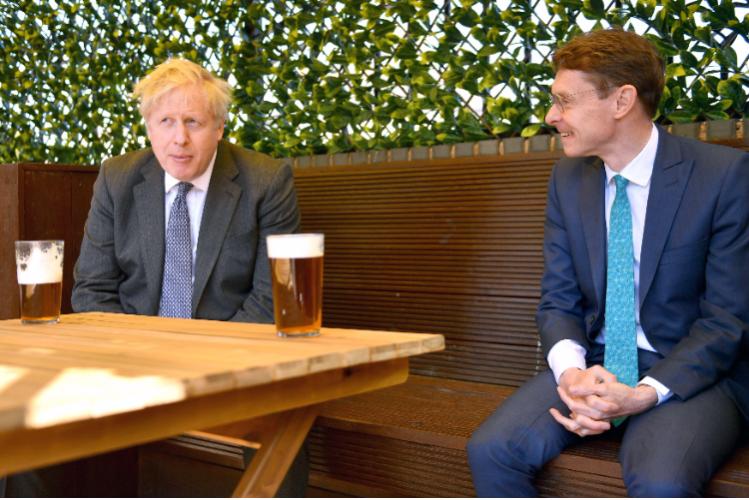
Mayoral votes are going ahead in thirteen English regions on 6 May, including the race for Mayor of London, seven metro mayors and five city mayors.
Among the metro mayors — which oversee larger metropolitan regions rather than individual cities — four posts are currently held by the Tories and two by Labour, while West Yorkshire will be selecting its metro mayor for the first time.
Of the posts with incumbents, it looks unlikely that any of the posts will change hands. Victory for Labour’s Andy Burham in Greater Manchester and Steve Rotherham in Liverpool City Region seems all but certain.
Meanwhile, Andy Street looks set to hold the West Midlands mayoralty for the Tories, with recent polling placing him well ahead of his opponents.
Street’s narrow victory in 2017 was a surprise for the typically Labour-leaning region, and was likely a bellwether for the party’s significant parliamentary gains in the West Midlands during the 2019 General Election.
This time, however, he looks likely to win outright. A new Opinium poll, revealed by The Times, suggests Street will be re-elected on first preference votes alone, with 54% to Labour’s 37%.
The poll also found that, in the race for Tees Valley mayor, incumbent Ben Houchen has almost twice as many first-preference votes as Labour’s Jessie-Joe Jacobs.
These predictions suggest that the Tories have cemented their hold on what were once considered Labour strongholds in the Midlands and the North East.
Conservative success, however, hasn’t extended to London which historically leans heavily towards Labour. Incumbent Sadiq Khan remains the frontrunner, with his Conservative opponent Shaun Bailey languishing in the polls.
Plenty of “Red Wall” council seats are up for grabs
- Races to watch: Cannock Chase District Council; Amber Valley District Council; Bury Metropolitan Borough Council; Hyndburn Borough Council; Burnley Borough Council; Durham County Council
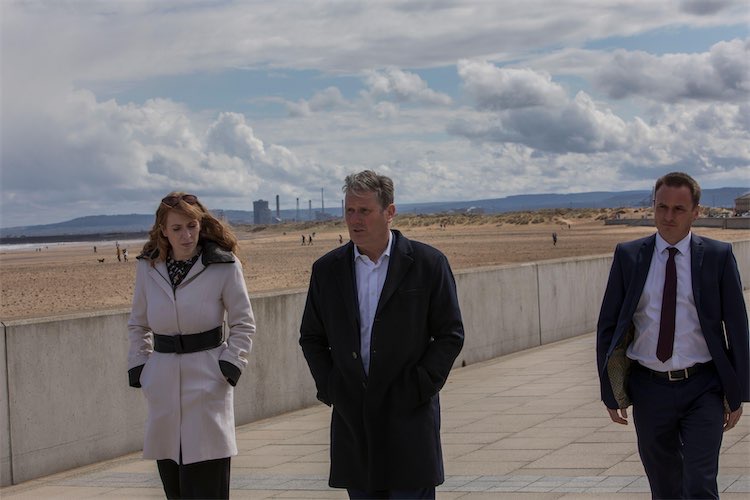
It’s no surprise that Labour’s former heartlands are under threat yet again. The Conservatives had a net gain of 48 parliamentary seats at the 2019 General Election, with some areas of the map turning blue for the first time since their formation.
Now, it seems Labour’s council seats are also vulnerable. A recent YouGov poll, published on 1 May, suggested that Labour could lose anywhere between 35 and 88 council seats (with a central figure of 59 seats) across the district, borough and unitary authority elections.
Meanwhile, the Tories are expected to gain at least 69 seats, with much of their success attributed to the decline of UKIP which has seen a huge drop in vote share since the last local election.
Labour could lose anywhere between 35 and 88 seats, with a central figure of 59 seats
Within the traditional ‘Red Wall’ seats, the Tories are expected to take 37% of the vote, up from just 24% when the areas were last contested in 2016/17, while UKIP's share has fallen from 12% to just 3% across the same period.
It’s also expected that the Green Party will make small gains — likely to the detriment of Labour — with YouGov predicting they could overtake the Liberal Democrats in terms of vote share.
Labour, meanwhile, have seen their share fall from 42% to a predicted 38%, leaving many of their remaining heartlands vulnerable to the Conservatives.
But, it’s not all bad news for Keir Starmer’s party. Labour looks likely to gain seats from smaller parties and independents in Burnley and County Durham, and could yet gain majority control of these councils. These races, however, are set to be extremely tight.
The Brexit Party's collapse could lead to an historic Tory by-election victory
- Race to watch: Hartlepool by-election
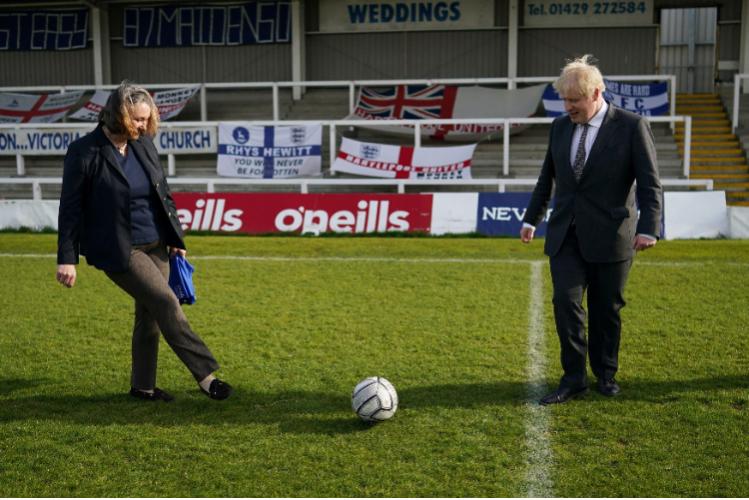
Sitting governments very rarely gain seats in by-elections, and especially not seats firmly held by the opposition.
But, a recent Survation poll, commissioned by ITV’s Good Morning Britain, found that the Conservatives currently have a 17-point lead in the constituency.
According to Survation chief executive Damian Lyons Lowe, the PM could have Nigel Farage to thank for that.
“While this would be a very welcome result for the Conservative Party were it to come to pass… my view is that Hartlepool is a seat Labour would likely have lost to the Conservatives 2019 were it not for the particularly strong Brexit Party challenge,” he said.
Hartlepool is a seat Labour would likely have lost to the Conservatives 2019 were it not for the particularly strong Brexit Party challenge
The former Brexit Party, now Reform UK, leader announced in 2019 that he would not contest the 317 seats won by the Tories in the 2017 election, and this decision may have split the Tory vote in pro-Brexit Labour-voting constituencies like Hartlepool.
Lyons Lowe continued: “Together, the Brexit Party and the “Get Brexit Done” party took 55% of the 2019 vote to Labour’s 38%.
“True to his promise, Boris Johnson got Brexit done, and in a seat where Brexit is a major driver of voting behaviour we can only look to his +23 favorability rating to see what these voters think about that.”
Labour lost the nearby seats of Redcar, Sedgefield, Stockton South and Bishop Auckland in the 2019 election, so it isn’t wholly unlikely that Hartlepool could be next.
Labour on course for Senedd majority in Wales as Plaid Cymru falls short
- Races to watch: Rhondda; Llanelli; Bridgend
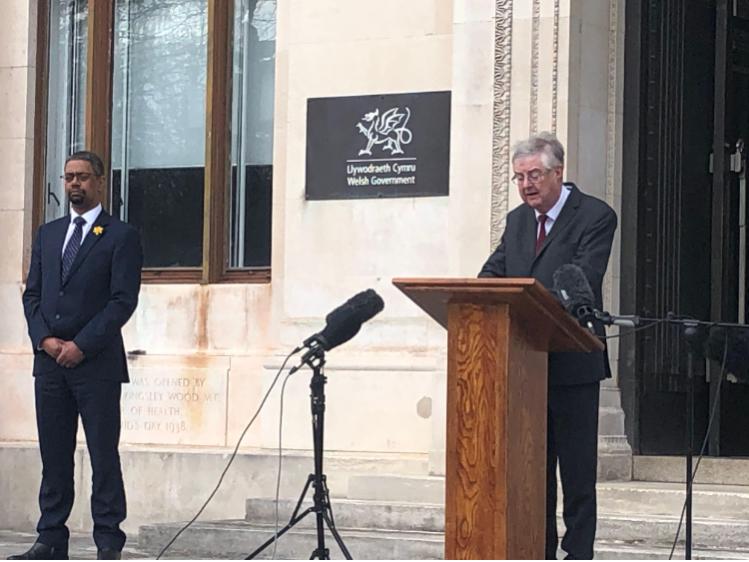
In the Welsh Senedd elections, Labour looks on track to shore up its majority despite pollsters initially suggesting that Plaid Cymru could make major gains.
The latest Savanta ComRes poll found that Plaid has fallen back into third place and was on track to win 19 seats, two less than it achieved in the 2016 election.
Labour is set to be the largest party with 36 seats, while the Conservatives are slightly behind with a projected 27 seats.
Abolish the Welsh Assembly Party looks likely to win two seats in the institution it wants to scrap, and the Liberal Democrats could hold one seat despite falling support nationwide.
Much of the campaigning has focused on north Wales, with the constituencies of Rhondda, Llanelli and Bridgend set to be the key battlegrounds.
Labour is fighting to regain Rhondda from Plaid Cymru and keep Bridgend, which was won by the Conservatives in the 2019 General Election, from turning blue in the Senedd.
It’s looking less likely, however, that the Tories will repeat their 2019 Westminter gains in other areas such as Ynys Mon, Vale of Clwyd, Delyn, Wrexham and Clwyd South.
However, Vale of Glamorgan, which has been a blue seat at Westminster since 2010, could still be a gain for the Tories.
Pro-independence parties in Scotland set to be the big winners in Holyrood
- Races to watch: Dumbarton; Aberdeenshire West; Glasgow Southside; Ayr; Edinburgh Central
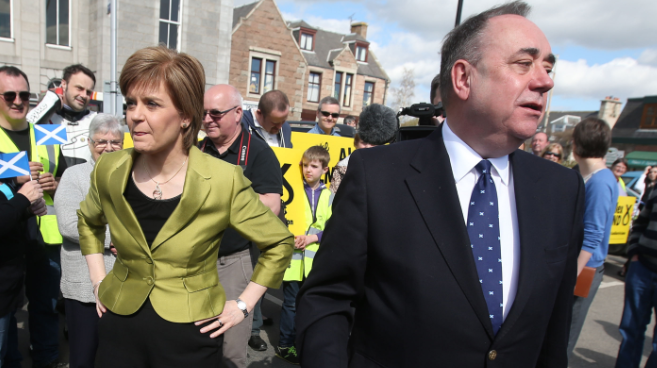
The Scottish National Party (SNP) looks on track to win 68 seats in the Scottish Parliament election, while the fellow pro-independence Alba Party and Green Party are predicted to take only two and nine seats respectively.
The survey, conducted by BMG Research for The Herald, means Holyrood will have 79 MSPs in favour of a second referendum on Scottish independence — a big mandate for First Minister Nicola Sturgeon.
Her party has managed to shake off much of the controversy surrounding sexual assault allegations against Alex Salmond, for which he was acquitted, and the subsequent inquiry into the SNP's handling of the allegations. But Salmond's breakaway Alba Party has not proved much of a threat.
It will be the first time in British history that two major party leaders have gone head-to-head in the same seat
But there are some wafer thin majorities that the SNP has their eye on. Labour last won Dumbarton by just 103 votes, while the Conservatives gained Aberdeenshire West from the SNP with only 900 votes.
The SNP also has its eye on the long-held Tory seat of Ayr, which resisted turning yellow by just 750 votes in the last election, and Edinburgh Central, which former Scottish Conservative leader Ruth Davidson gained from the SNP by just 610 votes.
One interesting contest in this election will be Glasgow Southside, where Sturgeon will be defending her 9,500 strong majority against Anas Sarwar, the Scottish Labour leader.
It will be the first time in British history that two major party leaders have gone head-to-head in the same seat, and will be a true indicator of Labour’s fortunes in Scotland.
